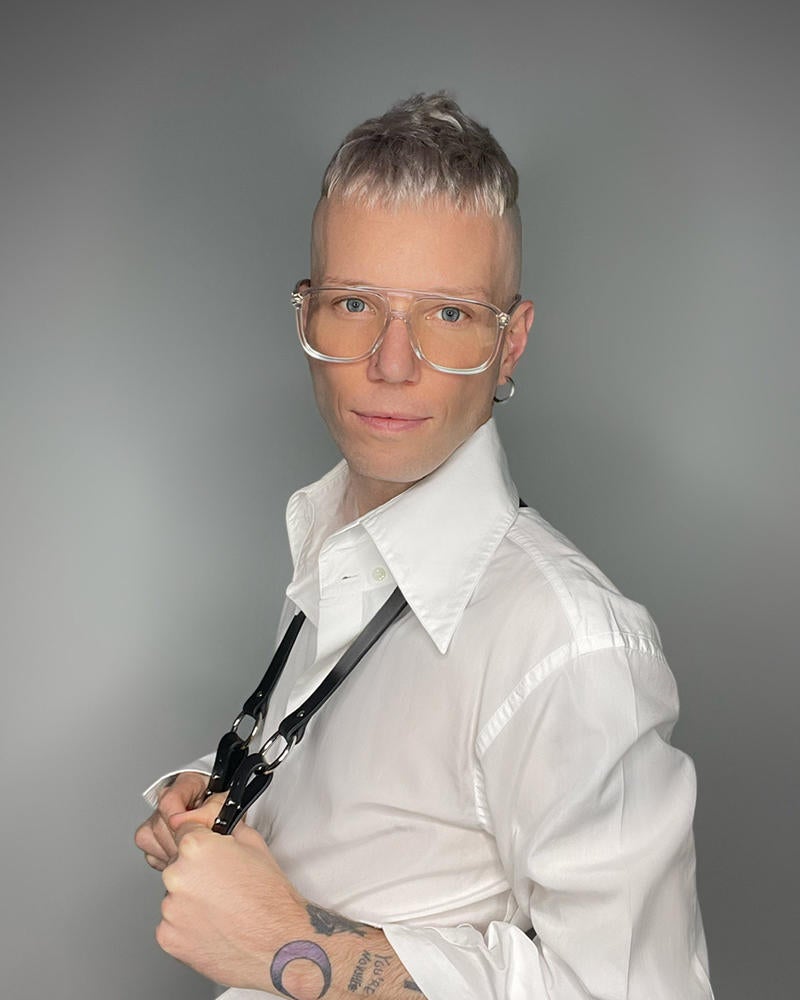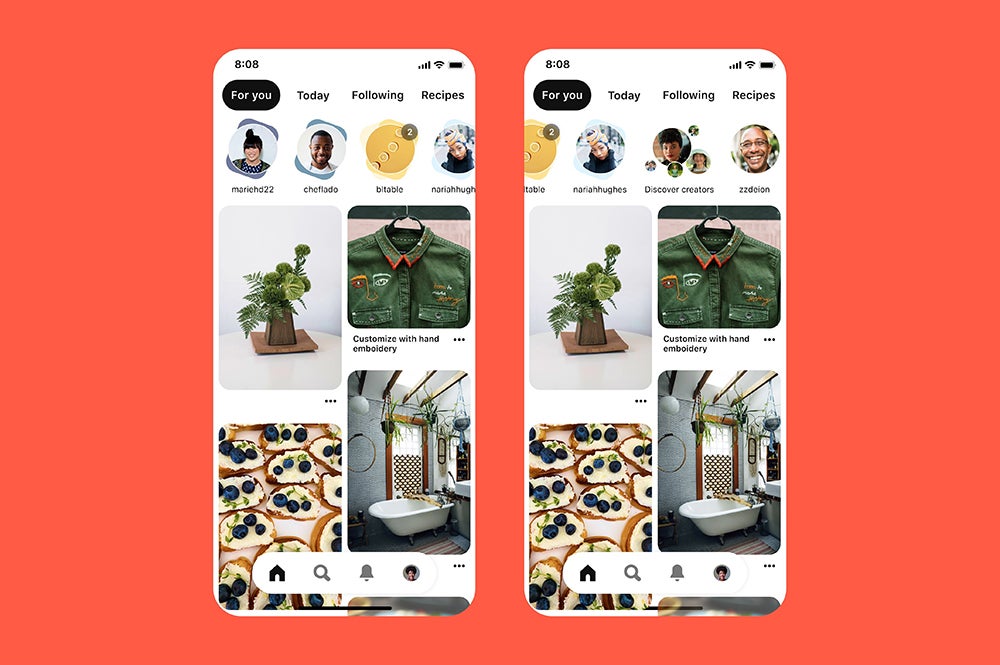While Pinterest has long been a place for creators and influencers to share their work, the platform has never offered many ways to create original content. That has started to change with the company’s two most recent updates: Idea Pins, which allow users to create slideshow-type pins, and a live function that enables creators to give real-time tutorials to their followers. The new features follow the rollout earlier this year of content creator controls, allowing verified users to choose how their pins appear on the platform.
With all of these changes comes the addition of Jeremy Jankowski as the brand’s new creator lead for home and design. Since Pinterest has long been a favorite of designers and design enthusiasts alike, Business of Home caught up with Jankowski, who previously worked in sales and brand partnerships for media brands like Domino and Refinery29, to discuss what the platform’s updates mean for the home industry.
You’ve been in publishing for most of your career. Why did you decide to join the team at Pinterest?
The reason I was so excited to come to Pinterest was because during my 14-year career, I’ve really ridden the waves of the changes in media. I started in print, and then I worked with bloggers, and then in social media for publications before moving to digital-first publishers like Refinery29. I feel that I have been able to forecast trends in the media. If you think about the way that we’ve begun consuming media over the last two or three years, it really is within ecosystems. For many people, reading magazine and news content, for instance, happens in the Apple News reader, where you browse through articles from many publications, all in the same format, and it’s all contained in an ecosystem. Even in TV, if you look at Peacock or Paramount Plus, they’ve taken all these different TV channels and put them in one place, in one format.

During my time at Domino, I was in charge of reshaping their sales offerings and go-to-market strategy. When I look at the space and what advertisers wanted, 10 out of 10 said that they cared deeply about Pinterest because when you’re inside that ecosystem, you’re learning and exploring. The conversion rates on Pinterest are amazing for advertisers. Users on the site are there to collect ideas and learn how to do something new.
What was so exciting for me was that when I was at Domino, I worked a lot with Pinterest on creating Pinterest-only programs that we were selling to advertisers. I had a lot of success with those programs, and it actually outsold a lot of our website ad inventory. When Pinterest decided to make this move and embrace the creators using the platform, I found that wildly exciting. I nearly beat down the door to come here because I see a change going on in the media ecosystem, and I see a huge white space specifically in the home and design category.
Walk us through some of the new features that Pinterest is rolling out.
We’re essentially giving creators and influencers in the home and design space the opportunity to create content specifically on Pinterest. So, we’ve introduced Idea Pins, which are evergreen pieces of content that you as a creator make on your own. You can create up to 20 different slides on one pin. Within that, you can add features like videos or voice-overs. But the whole purpose is to teach the pinner how to do something. The whole idea is to be within an ecosystem that’s easy to use, where it’s easy to jump in and out of content.
We’re also debuting live-learning virtual sessions. As a user, you can tune in and see a creator doing a tutorial within the platform. In the home space, we’re tapping everyone from woodworkers to gardeners to do these live tutorials. This live learning coupled with Idea Pins is really our first foray into giving voices to our creators and giving them the tools to create and engage audiences across the platform.
What are you hoping you can bring to these new initiatives?
For me, it’s twofold. I look at everything with a very business-minded landscape, given my background. So, for people who are already in the home and design field, it’s really about explaining the shift in media and where the eyeballs are going—meaning, where the consumption is happening and how important Pinterest is to their overall media mix and their business, whether that’s for a brand like CB2 or a publisher like Domino, or as a design influencer who is building their own business.
The second piece is that I am placing a huge emphasis on supporting diversity across the platform. From my work at Domino, I know that there is a lack of diversity in this space, and I hope to use this opportunity to really look at up-and-coming voices that are very diverse and can use this platform to grow their own businesses.
How are home influencers already using these new features?
We have everyone from Kelly Wearstler to Athena Calderone creating Idea Pins and showing how to use their own tactics and tools to create and inspire them in their own homes and projects.
How do you see designers using these new functions?
It’s all about inspiration. Designers and publications have both been so focused on creating content for their websites and then putting those on Pinterest and hoping that the cycle would complete and people would be driven back to their blog. Now, you can create those things directly on Pinterest, where your audience is already built-in. I could see designers using these functions to promote their collaborations with brands across social media. This gives you an additional way to promote those partnerships. A designer might be able to show how to use a Farrow & Ball paint or how to mix in pieces from a new collection they’ve designed. It’s a way to teach consumers about your craft and advertise your business to inspire an audience.
How do you see Pinterest growing and evolving through these features?
It goes back to helping people amplify their businesses, especially diverse voices. But the future, I see it as a really pivotal part of a media mix for brands and influencers and as an important area for influential voices to really explain their craft, teach people, and also build an audience and engage with them. The way we consume media is really a one-to-one relationship, and this gives people in the home and design field a wide range of audiences. We have over 475 million people coming to Pinterest on a monthly basis, and now creators can tap into those people directly and have more of a relationship with them by creating content on the platform.
Homepage photo: Pinterest’s new features highlight creators at the top of the user’s feed. | Courtesy of Pinterest




























